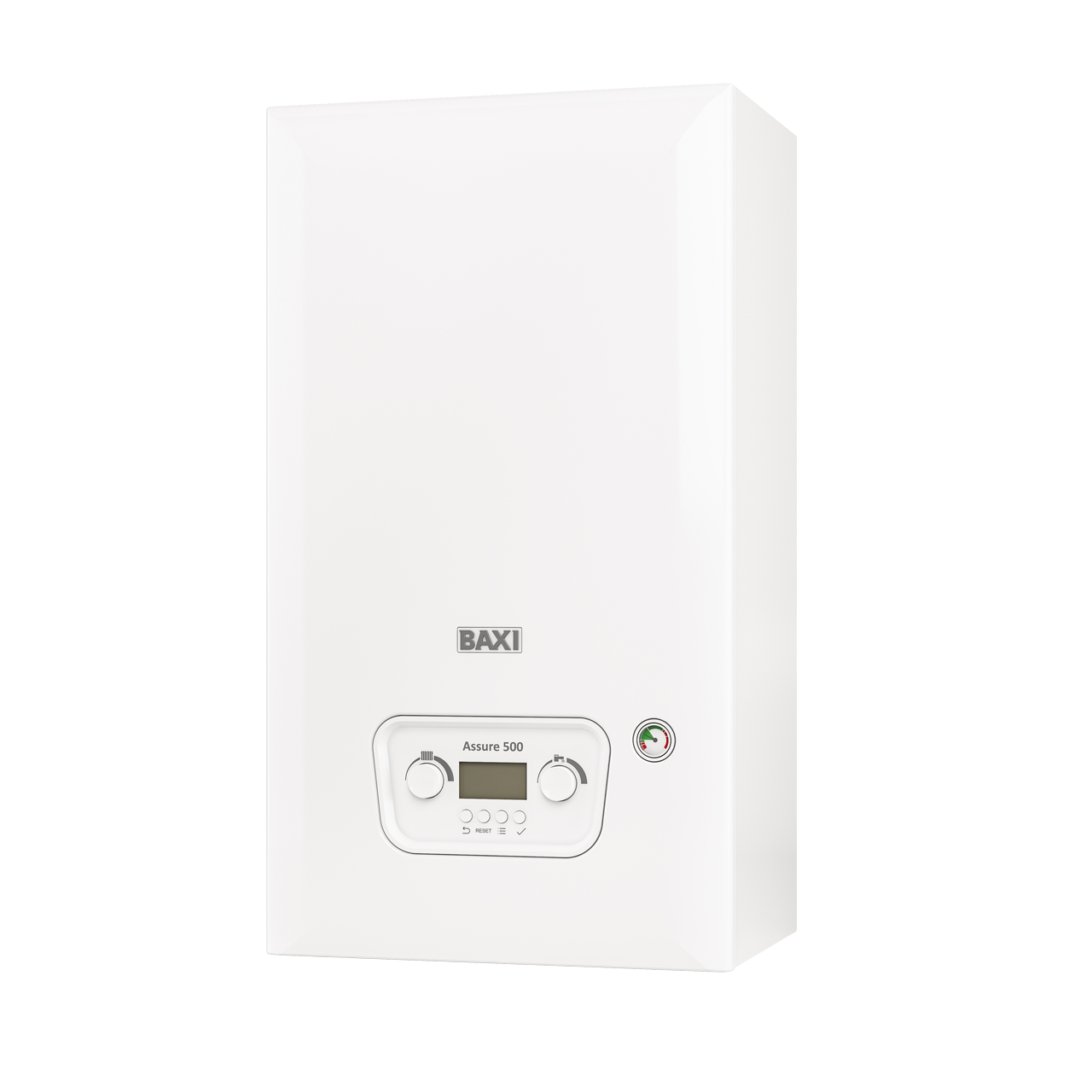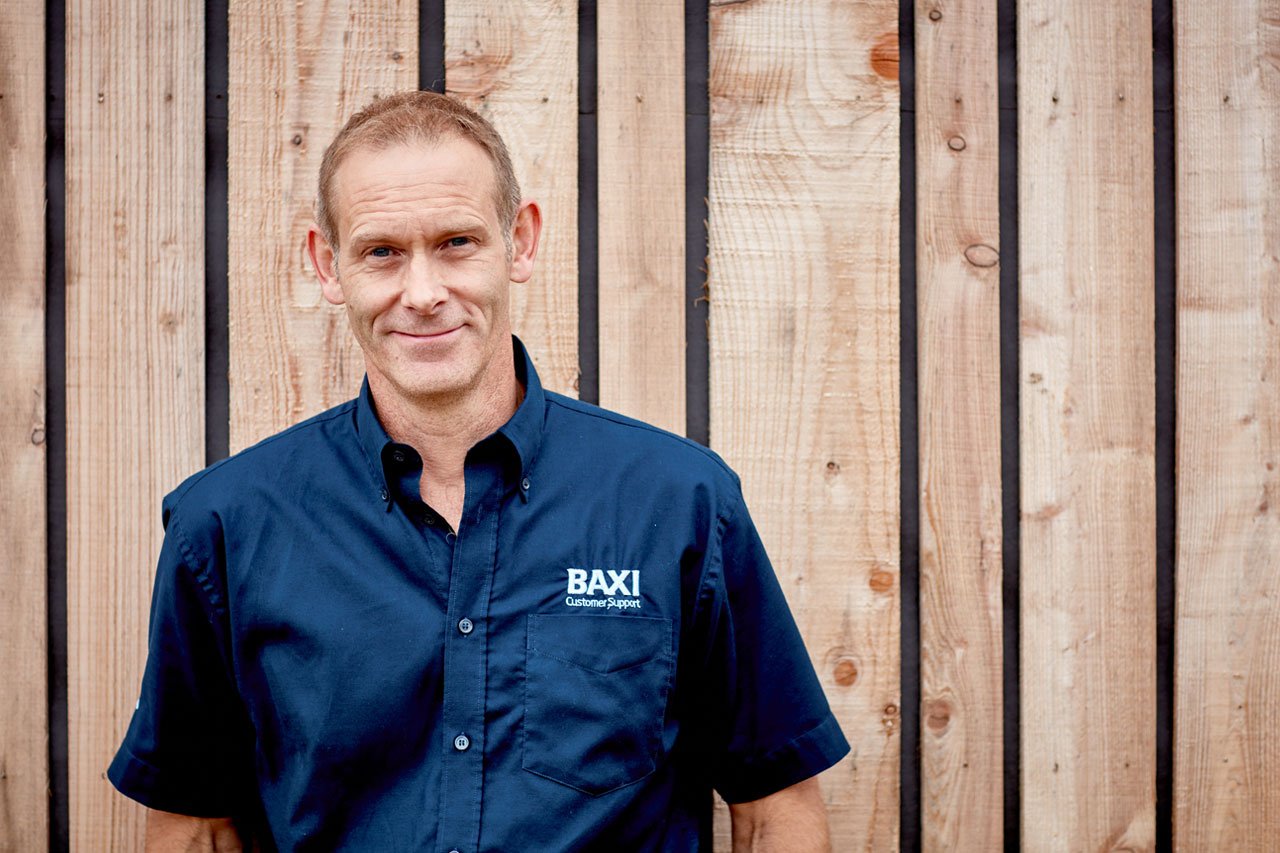
The whys, hows and whats of heat loss calculations
As heating installers, understanding how to calculate heat loss is a crucial part of designing and installing efficient heating systems, especially given the rise of boiler alternatives.
Here, Ian Trott, training manager at Baxi, discusses how – regardless of the heating source – heat loss calculations help determine the appropriate size of equipment needed to maintain a comfortable temperature in a building while minimizing energy costs.
Over the past several years, and especially over the previous 12 months, it has become overwhelmingly clear that energy efficiency needs to be a major priority. This goes for governments and industries right down to individual homes. As such, heating installers have a crucial role to play, not only in installing a heat pump or boiler, but as heating experts.
It is imperative that installers understand their evolving role in the race to net zero, and that no matter the appliance being installed, they have a responsibility to promote efficiency at every opportunity. It is time for installers to rethink their role, not only as professionals who fit boilers, but as heating and energy consultants, recommending efficient solutions based on household requirements and scientific principles. In order to be well-equipped to advise consumers on how to increase their home’s energy efficiency, heating installers should have a firm grasp on heat loss calculations and be ready to discuss them with their customers.
Why the need for heat loss calculations
Heat loss calculations balance the amount of energy needed to overcome the heat lost though the fabric of the building. Although some might expect a larger heating system to provide that extra assurance that output will always meet peak demand, having a heating system which is too large for a building can prove counter-productive. When a heating system is oversized, it is less efficient as it will generally use more energy to heat up and will therefore produce more heat than is needed for the space. Along with the cost of the energy output, larger units are also more expensive to install and maintain. If a large unit is installed in a building that only needs a relatively small boiler, that large boiler will not be able to run at a peak performance, meaning more maintenance will be required, further adding to costs.
By making heat loss calculations part of every heating installation – something required by Part L – it will be possible to recommend a heating solution that strikes the right balance between being powerful enough to meet peak demand for heat, and efficient enough to keep both costs and emissions down.
How to gather information for heat loss calculations
Part of the calculation process involves understanding and anticipating the customer’s heating needs, so talking to them is an important part of the process. Asking about their current heat use, and whether or not they expect it to change can make accurate estimations possible. Questions about changes to the property such as plans to have double-glazing windows installed, or to convert the loft into a home office, can give installers a clearer picture of what the heating system will be required to do. Changes to the residents can be relevant too. Will there be children or elderly people living there in the future? The heating requirements for an elderly person can be different to someone in their 20s or 30s, so anticipating these changes makes it more likely that the proposed heating solution will meet the household’s needs.
The next stage is to assess the building. This includes measuring the building’s overall size as well as the size of each individual room. Measuring every room in the house means that a more accurate heat loss calculation can be completed and therefore a better recommendation of heating appliance can be made. The type and thickness of insulation needs to be considered as well as which parts of the building are insulated. Doors and windows must be taken into account, including how many there are, their size, and whether or not they are single, double or triple-glazed.
How to make the heat loss calculations
Once the necessary information has been gathered, it is time to do the calculations. Thankfully, there are tools to make this step simpler. Downloadable Microsoft Excel documents are freely available through the MCS website and all an installer needs to do is input the relevant information into the document which will then perform the calculation and provide answers. The installer can make well-founded recommendations based upon their calculations, whether to upgrade elements of a heating system, and which ones.
Crucially, heat loss calculations will help installers provide the most effective and efficient heating solution for their customers, saving them money and boosting the installer’s reputation as a skilled and knowledgeable professional.
Are there any common mistakes to avoid?
With the aid of online tools, the calculations shouldn’t be too tricky. Problems are most likely to be caused by installers overlooking certain parts of the process or not asking the right questions of the homeowner. It is important to consider the heating environment as a whole, so weather conditions at different times of year will come into play, as will the direction the windows face and how much sun hits those windows.
Making efforts to understand heat loss calculations and becoming competent at doing them will ensure that installers are ready to recommend solutions that are the right fit for their customers – this may be a gas boiler, a heat pump, a hybrid system, or another heating appliance. With accurate heat loss calculations, installers can help their customers save money and energy which, in the midst of an economic and ecological crisis, places installers as invaluable allies to consumers.
What further support is available?
While the number of factors involved in heat loss calculations can seem intimidating at first, support is available with good manufacturers providing a full range of specialist training courses on this and related topics. Installers will be able to help their customers understand the financial and environmental benefits of this process and why it is an important part of any heating installation.
Installers will be in a better position to take advantage of the rewarding opportunities comprehensive heating consultation can provide by keeping up to date with changes to relevant laws, training opportunities, and assistance.
Baxi Training
Discover our comprehensive range of courses and videos designed to enhance your skills and knowledge.
Get More
Sign up to 'get more' from across all the Baxi brands - Remeha, Andrews Water Heaters, Potterton Commercial and Heatrae Sadia. Including being the first to know about new products and services, industry legislation, promotions and more!




